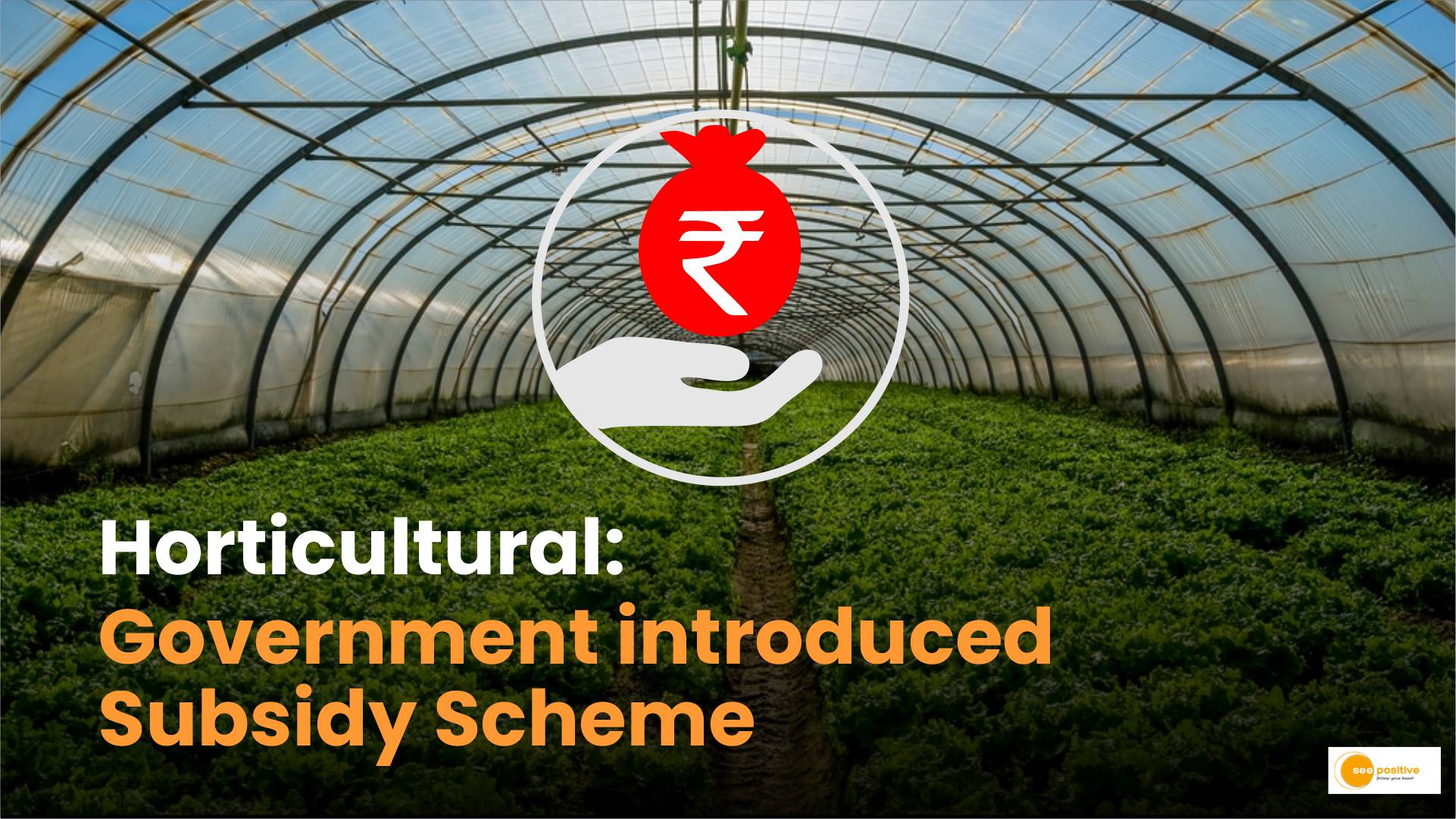In an effort to boost the horticulture, the Indian government has introduced a lucrative subsidy scheme that promises to revolutionize the cultivation of fruits and flowers. This initiative, aimed at enhancing the country’s green cover and empowering farmers, offers a substantial subsidy of up to Rs 1 lakh. Here’s how you can tap into this golden opportunity and turn your green dreams into reality.
The Essence of the Scheme
Under the Mission for Integrated Development of Horticulture (MIDH), the government is extending a helping hand to aspiring horticulturists by offering a 40-60% subsidy for flower crops. This scheme is not just limited to flowers; it encompasses a wide array of horticultural crops including fruits, vegetables, and more.
How to Apply for the Subsidy
- Identify the Scheme: Determine if your project falls under the MIDH and the specific component that applies to your crop.
- Contact the Authorities: Reach out to the State Horticulture Mission or the State Biodiversity Board for guidance on your project proposal.
- Prepare a Detailed Proposal: Include all necessary details such as project cost, expected outcomes, and impact on beneficiaries.
- Submit for Approval: Once your proposal is ready, submit it to the relevant authorities for appraisal and approval.
- Receive the Subsidy: After approval, the subsidy amount will be released to you by the implementing agency.
Benefits
- Increased Productivity and Income: The MIDH scheme provides subsidies for various horticulture activities, such as creating infrastructure for post-harvest management, marketing, and processing of horticulture produce. Fruit crops, being high-value and perennial, can yield consistent income over several years without significant recurring expenses.
- Nutritious Crops: Fruits and flowers contribute to a healthy diet and well-being. By cultivating these crops, farmers not only enhance their own health but also provide nutritious options for consumers.
- Sustainable Horticulture: MIDH promotes sustainable practices by integrating technology, research, and skill development. This ensures long-term benefits for both farmers and the environment.
- Economic Empowerment: By availing subsidies, farmers can invest in modern techniques, improve crop quality, and expand their market reach. This empowerment contributes to rural development and livelihood enhancement.
- Environmental Impact: Cultivating fruits and flowers enhances green cover, conserves biodiversity, and contributes to ecological balance. It’s a win-win for both farmers and the planet.
Remember, these benefits extend beyond financial gains, making fruit and flower cultivation a rewarding endeavor for farmers across India.
Maximizing Your Benefits
To make the most of this scheme, it’s essential to understand the nuances of the subsidy rates and the types of crops covered. For instance, in West Bengal, the government offers subsidies for up to 50% of the cost of setting up a greenhouse, with a maximum subsidy of Rs 1 lakh.
Conclusion
The subsidy for fruit and flower cultivation is a game-changer for the agricultural sector. It not only supports the economic growth of farmers but also promotes sustainable and profitable horticulture practices. By following the steps outlined above, you can embark on a fruitful journey of horticultural excellence and contribute to the greener future of India.


